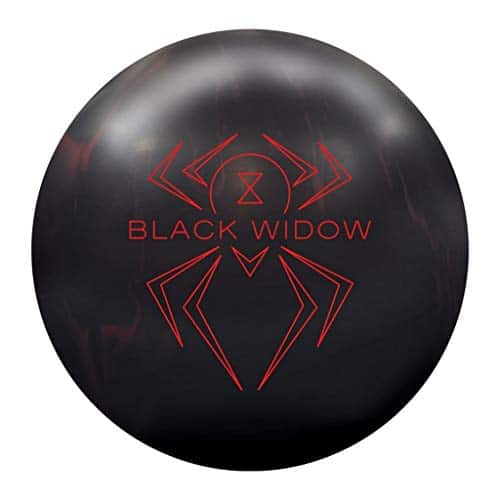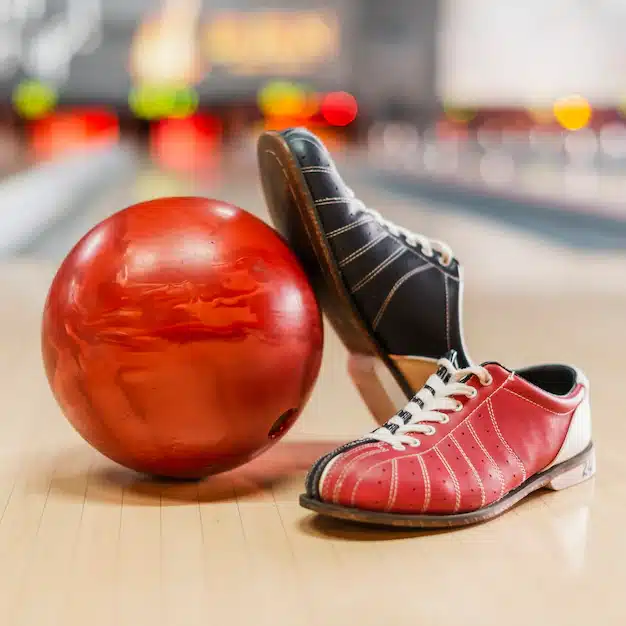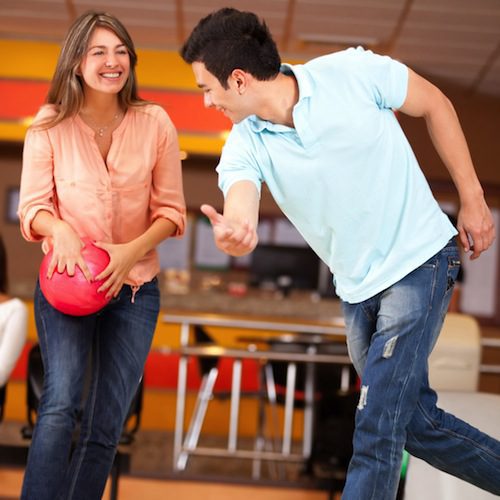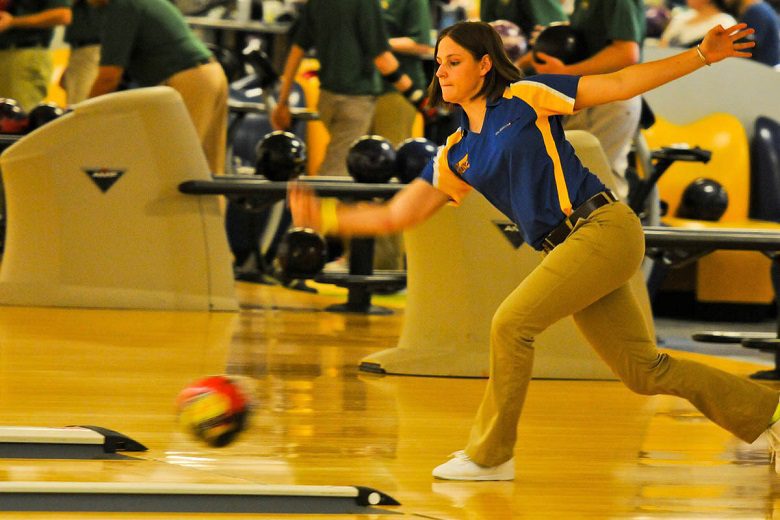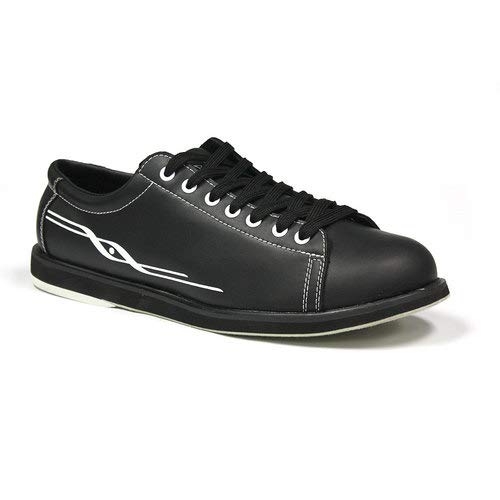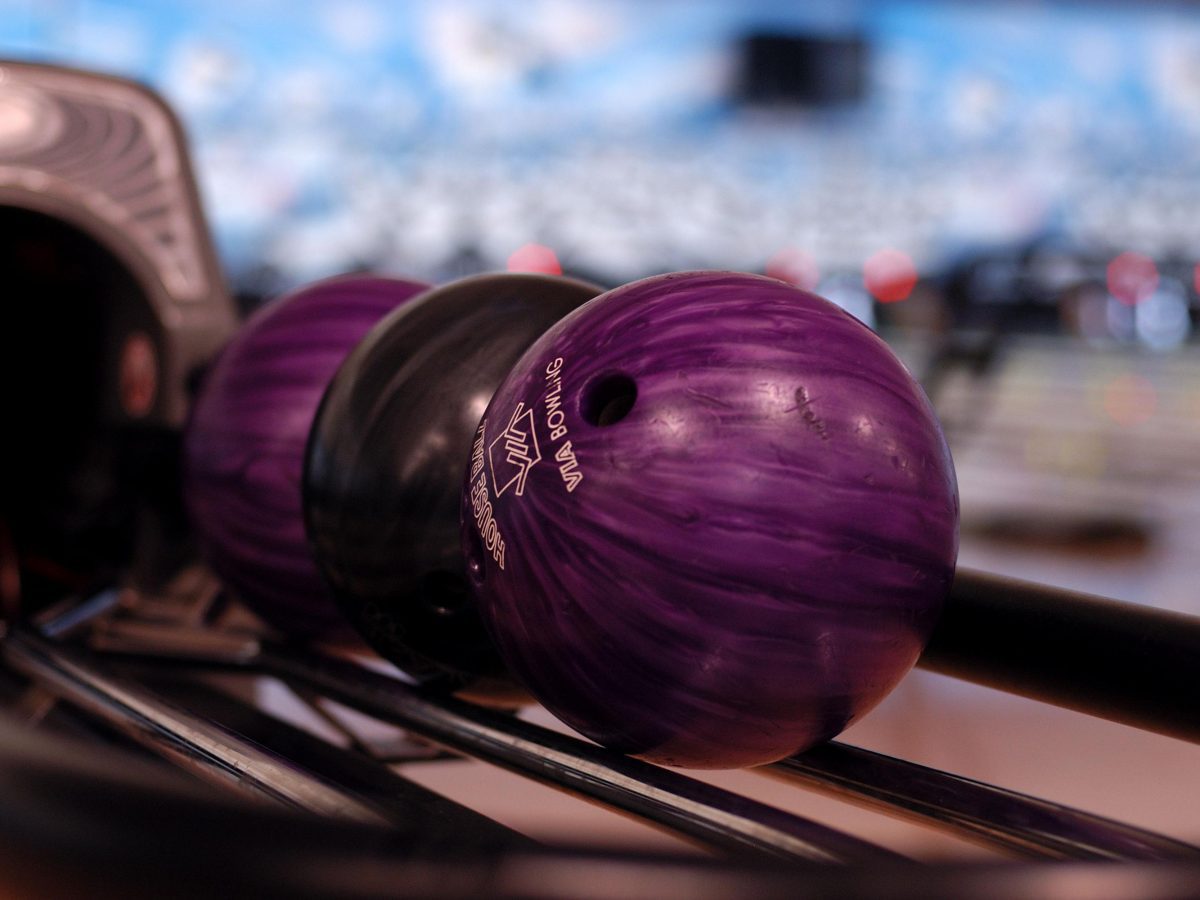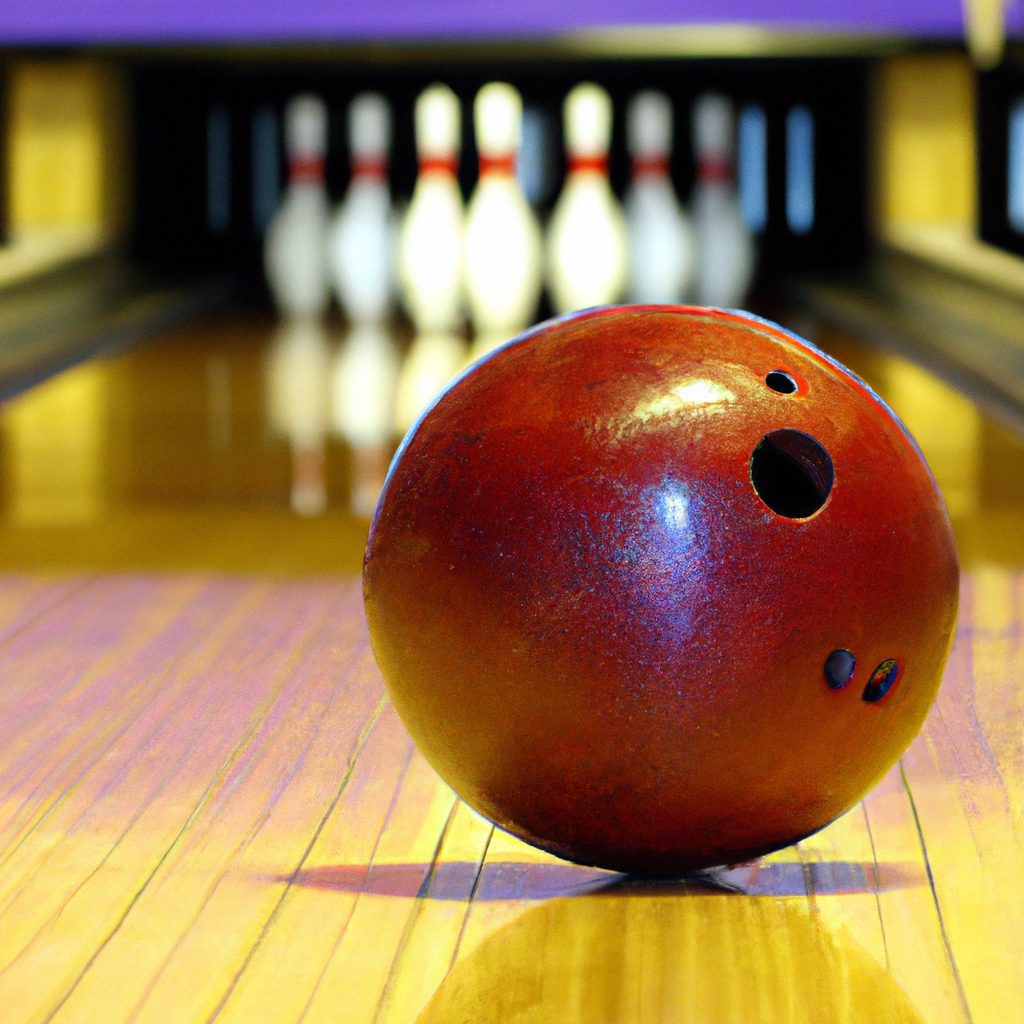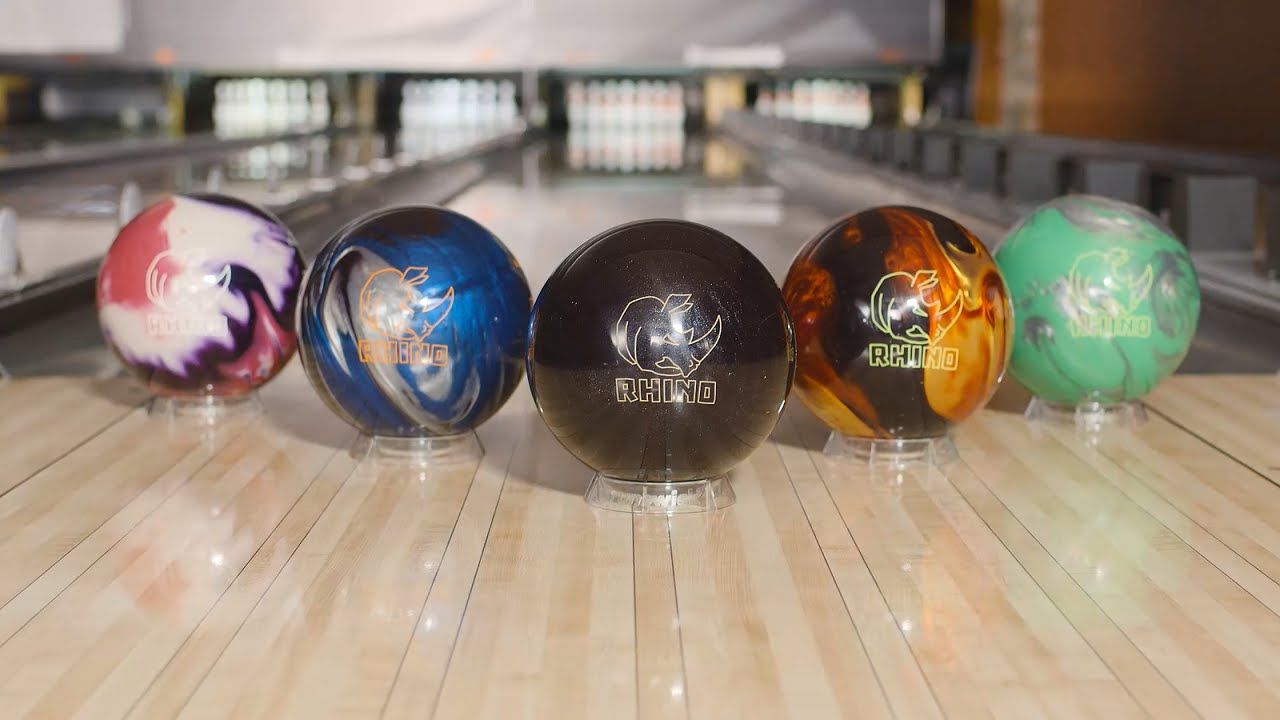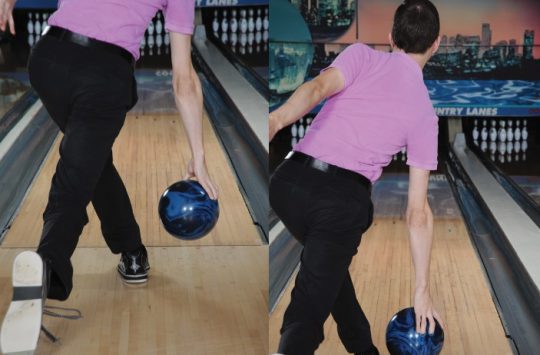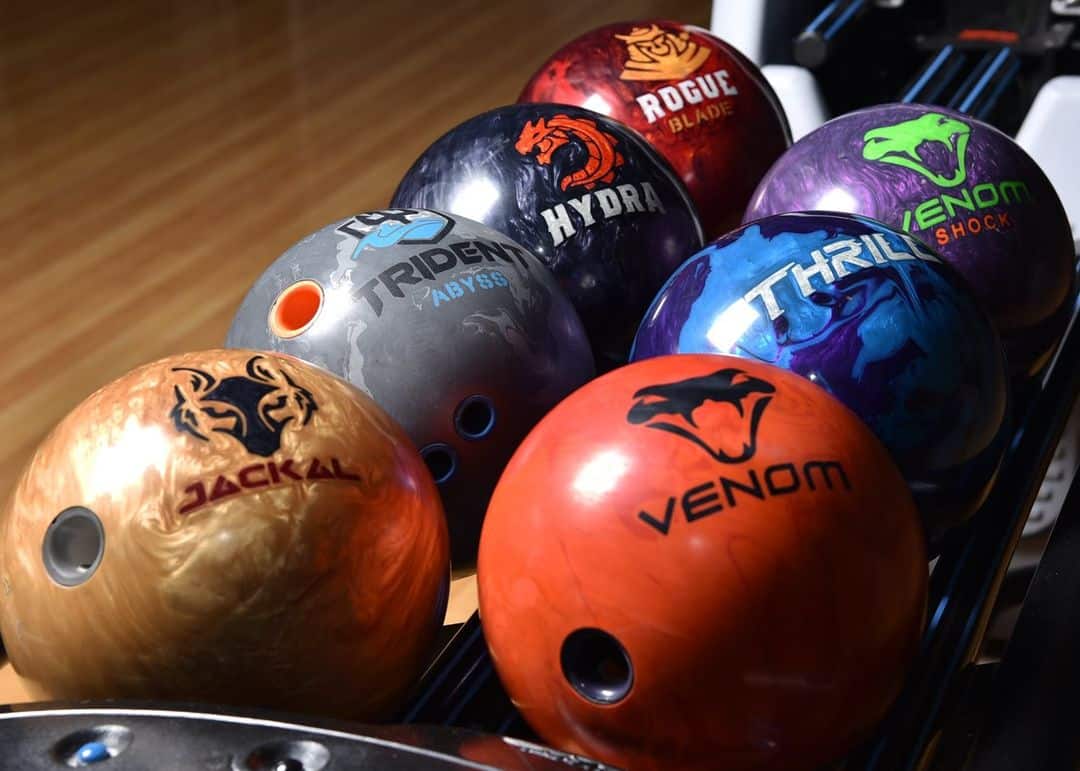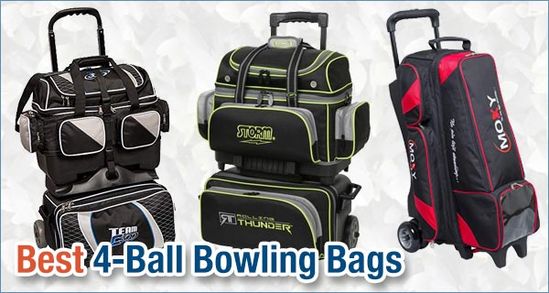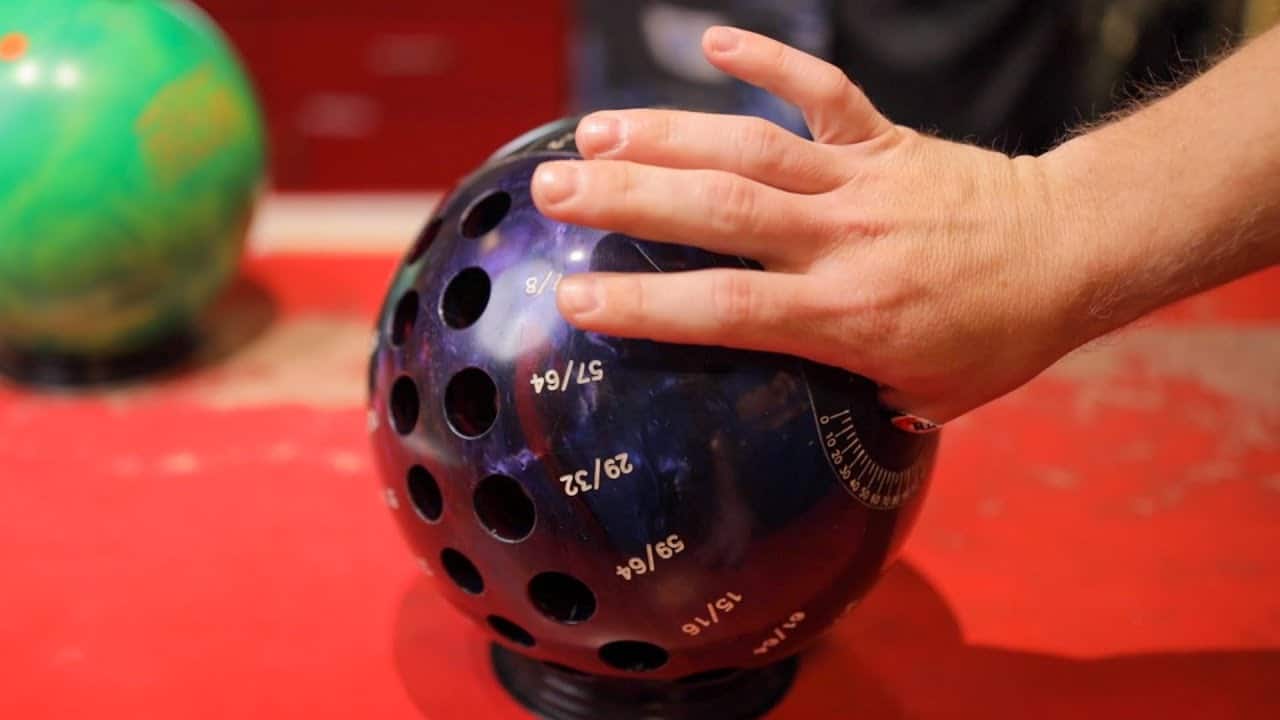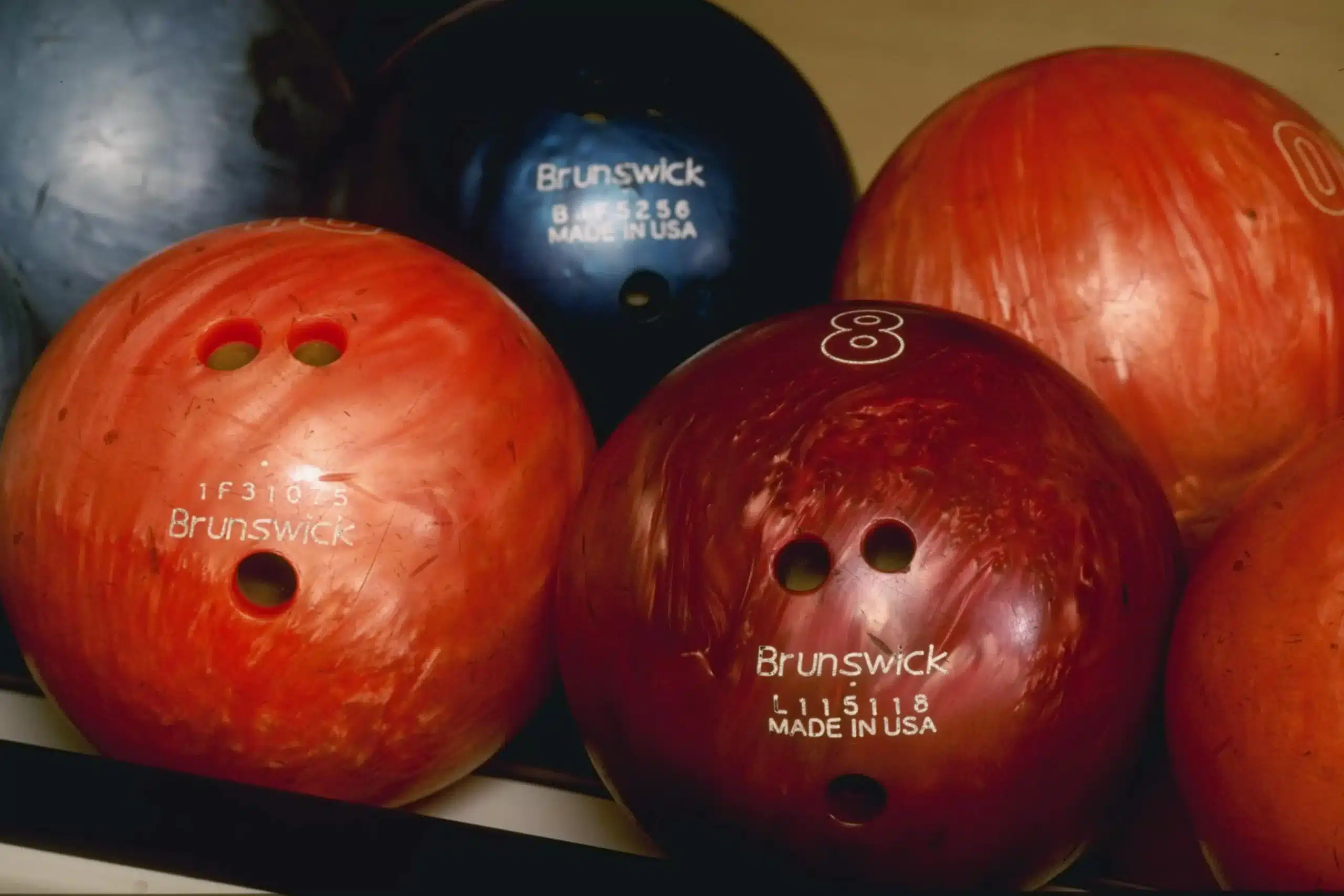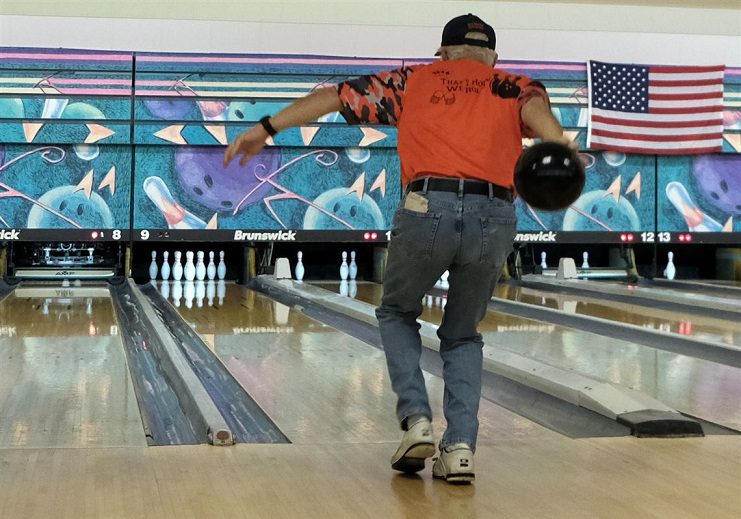Bowling wrist supports are a crucial tool for enhancing performance and preventing injury. But have you ever wondered how tight they should fit? Striking the right balance between a snug fit and comfortable movement is critical to achieving optimum support and control in the bowling alley.
This article will unravel the mystery behind the perfect fit for bowling wrist support, ensuring you can make an informed decision and get the most out of your game. Whether you’re a seasoned pro or new to the sport, understanding the importance of well-fitting wrist support is essential in taking your bowling skills to the next level.
Review contents
Choosing the Right Bowling Wrist Support
Importance of Proper Fit
When choosing a bowling wrist support, finding the right fit is crucial. Properly fitting wrist support provides the necessary comfort and support to enhance your bowling performance while minimizing the risk of injury. With so many options available, it’s essential to consider your individual needs and preferences before deciding. In this article, we will explore different types of wrist supports, the factors to consider for an ideal fit, common mistakes to avoid, and the effects of an ill-fitting wrist support.
Types of Wrist Supports
Wrist supports come in various styles and designs, each catering to different bowling techniques and personal preferences. The most common types of wrist supports include:
- Full-length wrist supports support the entire wrist length, promoting stability and reducing the risk of strain or injury.
- Adjustable wrist supports: These allow for customization of fit and support by providing adjustable straps or hinges that can be tightened or loosened as needed.
- Fingerless wrist supports: These wrist supports offer support to the wrist while leaving the fingers exposed, allowing for greater flexibility and control during release.
- Compression wrist sleeves: These sleeves apply gentle pressure on the wrist, aiding in reducing swelling and providing moderate support.
Consider Bowling Style
Finding the proper wrist support also involves considering your specific bowling style. Different bowling techniques require different levels of support and functionality. Let’s take a look at how wrist supports can cater to various bowling styles:
- Straight-Spot Bowlers: A simple and supportive wrist support may suffice for bowlers who prefer a straight approach and aim to hit the same target consistently. A full-length or adjustable wrist support can help maintain a stable wrist position throughout the shot.
- Hook Bowlers: Bowlers who prefer to generate a hook in their shots may benefit from wrist support with added control features. Adjustable wrist supports with finger holes or additional straps can help create a more powerful release.
- Cranker Bowlers: Cranker bowlers who focus on generating maximum revs and power may require wrist support with extra support and stability. Full-length or adjustable wrist supports with rigid inserts or metal plates can support this aggressive style.
- Left-Handed Bowlers: Left-handed bowlers should choose wrist support designed for left-handed use. These wrist supports are ergonomically shaped to fit comfortably on the left wrist and provide optimal support.
Fitting for Comfort and Support
Achieving the perfect fit for your wrist support involves several measurements and considerations. The following factors should be taken into account for maximum comfort and support:
Wrist Circumference
Measure the circumference of your wrist using a flexible tape measure. Measuring the narrowest part of your wrist, just above the hand, is essential. This measurement will help determine the size of the wrist support that will fit you best.
Hand Size
Consider the size of your hand when choosing a wrist support. The support should not be too tight, as it could restrict blood flow and cause discomfort. On the other hand, a loose fit may not provide adequate support and stability. Ensure the support fits snugly around your hand without causing discomfort or restricting movement.
Finger Separation
The wrist support should support your natural finger separation. If you have larger or wider fingers, ensure the wrist support accommodates this by providing enough space between the fingers. A tight fit between the fingers can lead to discomfort and hinder your shot execution.
Range of Motion
Consider your preferred range of motion when evaluating different wrist supports. Some bowlers prefer more flexibility in their wrists, while others may benefit from a more rigid support. Try out various wrist supports with different levels of flexibility and choose one that allows for your desired range of motion while still providing the necessary support.
Adjusting the Wrist Support
Strap Tightness
Adjusting the strap tightness is essential once you have chosen a wrist support that fits appropriately. The strap should be tightened enough to provide support and stability but not so tight that it restricts blood flow or causes discomfort. A good indicator of proper tightness is when you can fit one finger comfortably between the strap and your wrist.
Angle of Support
The wrist support should be positioned at the correct angle to optimize effectiveness. Ensure the support aligns with your hands’ and wrists’ backs, providing maximum stability during your bowling motion. Adjust the support to fit snugly against the back of your hand, keeping the wrist in a neutral position.
Flexibility and Mobility
While wrist supports are designed to provide support and stability, ensuring they do not hinder your mobility or flexibility is essential. Test the wrist support’s flexibility by performing practice swings to check if it allows for a smooth and natural motion. A good wrist support should feel comfortable and secure without restricting your ability to execute your shots effectively.
Common Mistakes to Avoid
Excessive Tightness
One common mistake is wearing an overly tight wrist support. While tightening the support as much as possible may seem logical for maximum stability, it can lead to discomfort and restrict blood flow. This can affect your performance and even lead to long-term injuries. The support should be snug and secure but not overly tight.
Loose Fit
On the other hand, wearing a wrist support that is too loose can be equally problematic. A loose fit fails to provide the necessary support and stability, compromising your shot execution and potentially increasing the risk of injury. Ensure that the wrist support fits snugly without being overly tight or restrictive.
Improper Positioning
Another mistake bowlers often make is wearing the wrist support at an incorrect angle. If the support is positioned too high or too low on the back of the hand, it can hinder your performance and lead to discomfort or pain. Ensure the support is aligned with the back of the hand and wrist for optimal support and stability.
One-Size-Fits-All Supports
Avoid the temptation to opt for a one-size-fits-all wrist support, as it may not provide the necessary fit and support for your needs. Everyone’s wrist and hand shape is unique, so investing in wrist support designed to cater to your specific measurements and requirements is essential.
Finding the Ideal Fit for Different Bowling Styles
Straight-Spot Bowlers
A wrist support that provides stability and support throughout the shot is ideal for straight-spot bowlers. Consider a full-length or adjustable wrist support that keeps the wrist in a neutral position for consistent accuracy.
Hook Bowlers
Hook bowlers should look for a wrist support that provides stability and allows for greater control during release. Adjustable wrist supports with finger holes or extra straps can help create a more powerful hook release.
Cranker Bowlers
Cranker bowlers, who exert maximum power and generate high revs, should opt for wrist supports with extra stability and support. Look for full-length or adjustable wrist supports that feature rigid inserts or metal plates to provide the necessary reinforcement.
Left-Handed Bowlers
Left-handed bowlers should choose a wrist support specifically designed for left-handed use. These wrist supports are ergonomically shaped to fit comfortably on the left wrist and provide optimal support.
Effects of an Ill-Fitting Wrist Support
Inadequate Support
Wearing an ill-fitting wrist support can result in inadequate support, compromising your shot execution and potentially leading to injury. Too loose support fails to provide the necessary stability, while excessively tight support can restrict blood flow and hinder your performance.
Restricted Movement
An ill-fitting wrist support can limit your range of motion, making it difficult to execute your shots effectively. The license may restrict your ability to release the ball smoothly or maintain a consistent hand position, affecting your overall bowling performance.
Discomfort and Pain
Wearing a wrist support that does not fit properly can cause discomfort and pain. It may put excessive pressure on specific areas of the wrist or hand, leading to discomfort during and after bowling sessions. Discomfort and pain can significantly impact your enjoyment of the game and may require medical attention if left unaddressed.
Fine-Tuning the Fit
Trial and Error
Finding the ideal fit may require some trial and error. Try different wrist supports and adjustments to determine the best comfort and support for your needs. Don’t be afraid to experiment and make minor adjustments to strap tightness, angle, or flexibility until you find the perfect fit.
Consulting with Professionals
Suppose you’re unsure about the proper wrist support or have difficulty finding the ideal fit. In that case, consulting with a bowling professional or sports equipment specialist can be beneficial. They can assess your wrist and hand measurements, observe your bowling technique, and provide personalized recommendations to ensure you find the proper wrist support for your needs.
Considering Individual Preferences
While measurements and recommendations are essential, it’s equally important to consider your individual preferences. Some bowlers may prefer a slightly tighter or looser fit based on their comfort level and desired range of motion. Take your personal preferences into account when fine-tuning the fit of your wrist support.
Replacing Wrist Supports
Monitoring Changes in Fit
Over time, the fit of your wrist support may change due to factors such as weight gain or loss, muscle development, and equipment wear and tear. It’s essential to regularly monitor the fit of your wrist support and make adjustments or consider replacing it if necessary. Support that no longer fits appropriately may not provide the necessary support and stability, compromising your performance and increasing the risk of injury.
Signs of Wear and Tear
Inspect your wrist support regularly for signs of wear and tear. Look for fraying straps, weakened materials, or any other visible damage that may compromise its performance. If you notice any signs of wear and tear, it’s a good indication that it’s time to replace your wrist support.
Updating Equipment as Needed
Bowling technology and equipment constantly evolve, offering new features and designs that may enhance your performance. While wrist supports can last for a significant period, it’s worth considering upgrading to newer models that may provide improved comfort, support, and functionality.
Conclusion
Choosing the right bowling wrist support is crucial for optimizing your comfort, support, and lane performance. By carefully considering your bowling style, measuring for the correct fit, making necessary adjustments, and avoiding common mistakes, you can find an ideal wrist support that enhances your game while minimizing the risk of injury.
Remember to monitor the fit of your wrist support regularly, consult with professionals if needed, and replace your equipment when signs of wear and tear become apparent. You can enjoy a more enjoyable and successful bowling experience with the proper wrist support. Happy bowling!




![Spare bowling ball Top 10 in 2024. (reviews) Top 10 Best Spare Bowling Balls [2021 Reviewed]](http://landofbowling.com/wp-content/uploads/2021/07/Top-10-Best-Spare-Bowling-Balls-2021-Reviewed.jpg)






